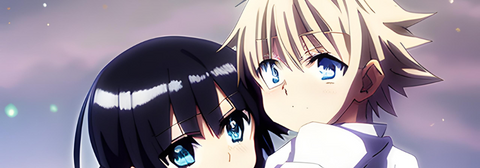
Anime is a captivating and expressive art form that has gained immense popularity in recent years. One of the key elements that make anime characters come to life is their poses. Anime poses have the power to convey a wide range of emotions, capture dynamic action scenes, and bring characters to life on the page. In this article, we will delve into the secrets of creating captivating and expressive anime poses. Whether you are a seasoned artist or just starting out, this guide will provide you with the knowledge and techniques to take your anime drawings to the next level.
The Importance of Dynamic and Expressive Characters in Anime
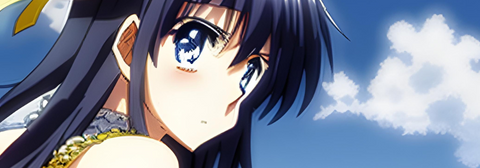
Dynamic and expressive characters are the heart and soul of anime. They are what draw viewers in and make them emotionally invested in the story. Anime poses play a crucial role in portraying the personality, emotions, and actions of these characters. A well-executed pose can convey confidence, vulnerability, power, or grace, among many other emotions. By mastering the art of anime poses, you will be able to breathe life into your characters and create a more immersive and engaging experience for your audience.
Understanding the Basics of Anatomy for Anime Poses
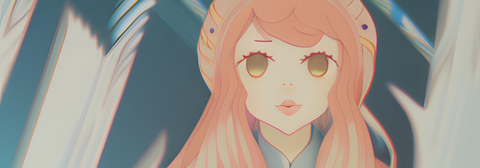
Before diving into the world of anime poses, it is essential to have a solid understanding of human anatomy. Having a strong foundation in anatomy will enable you to depict the human body accurately, even when drawing exaggerated or stylized characters. Study the proportions, skeletal structure, and muscles of the human body to gain an understanding of how they work together. This knowledge will serve as the building blocks for creating realistic and dynamic anime poses.
When drawing anime poses, it is important to remember that anime characters often have elongated limbs and exaggerated features. However, the underlying anatomy should still be evident to maintain believability. Practice sketching the human figure from various angles and in different poses to develop your understanding of anatomy and improve your ability to create dynamic and expressive anime poses.
Key Elements of a Captivating Anime Pose
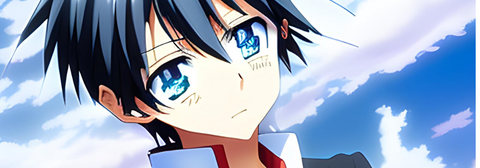
A captivating anime pose is more than just a static depiction of a character. It should convey movement, emotion, and tell a story. There are several key elements that contribute to a captivating anime pose:
Line of Action: The line of action is an imaginary line that runs through the character's body, indicating the direction and flow of movement. It adds a sense of dynamism and energy to the pose.
Gesture: The gesture of a pose refers to the overall shape and flow of the character's body. It should be fluid and expressive, capturing the essence of the character and their emotions.
Facial Expression: The face is the window to the character's emotions. Pay close attention to the facial expression, and make sure it aligns with the pose and the story you want to tell.
Balance and Weight: A well-balanced pose creates a sense of stability and believability. Consider the character's center of gravity and distribute the weight accordingly to make the pose feel grounded.
Contrapposto: Contrapposto is an Italian term that refers to the natural asymmetry of the human body. It adds a sense of realism and dynamism to a pose by shifting the weight onto one leg and creating an S-shaped curve throughout the body.
By incorporating these key elements into your anime poses, you will be able to create captivating and expressive characters that come to life on the page.
Exploring Different Types of Anime Poses
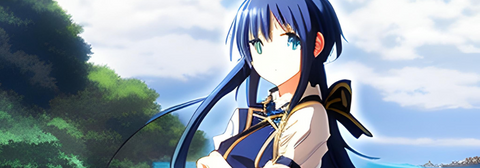
Anime poses come in a variety of forms, each serving a different purpose and conveying a unique emotion or action. Let's explore some of the common types of anime poses:
Action Poses: Action poses are dynamic and energetic, capturing characters in the midst of intense movement or combat. They often feature dramatic angles, foreshortening, and exaggerated poses to convey a sense of power and excitement.
Emotion Poses: Emotional poses focus on capturing the character's feelings and inner world. These poses can range from subtle expressions of sadness or happiness to more dramatic and exaggerated poses that convey intense emotions like anger or despair.
Character Interaction Poses: Character interaction poses depict the relationships and interactions between two or more characters. These poses require careful consideration of body language, facial expressions, and the spatial relationship between the characters.
Everyday Poses: Everyday poses depict characters in more relaxed and casual situations. They can range from simple standing or sitting poses to more dynamic poses that convey a sense of movement or activity.
Dramatic Poses: Dramatic poses are often used to create a sense of tension, suspense, or anticipation. These poses feature exaggerated gestures, strong silhouettes, and dynamic compositions to convey a powerful and impactful moment.
Experiment with different types of anime poses to expand your artistic repertoire and bring a variety of emotions and actions to your characters.
Step-by-Step Guide on Creating Anime Poses
Creating dynamic and expressive anime poses may seem daunting at first, but with the right approach, it can be an enjoyable and rewarding process. Follow this step-by-step guide to unlock the secrets of creating captivating anime poses:
Conceptualize the Pose: Start by visualizing the pose in your mind. Think about the character's personality, emotions, and the story you want to tell. Consider the key elements discussed earlier, such as the line of action, gesture, and facial expression.
Sketch the Gesture: Begin with a rough sketch to capture the overall gesture and flow of the pose. Keep the lines loose and fluid, focusing on capturing the essence of the pose rather than the details.
Define the Anatomy: Once you are satisfied with the gesture, start adding more structure and details to the pose. Use your knowledge of anatomy to create believable proportions and add depth to the pose.
Refine the Details: Refine the pose by adding more details to the face, hands, and clothing. Pay close attention to the character's facial expression and body language to ensure they align with the desired emotion and story.
Add Shadows and Highlights: Use shading techniques to add depth and dimension to the pose. Consider the direction of light source and add shadows and highlights accordingly to create a more realistic and dynamic effect.
Practice and Iterate: Practice is key to mastering the art of anime poses. Keep experimenting with different poses, angles, and techniques. Don't be afraid to make mistakes and learn from them. With time and practice, you will refine your skills and develop your unique style.
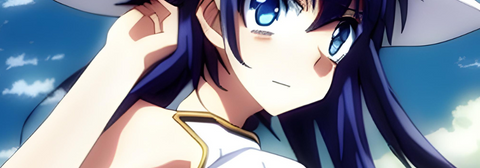
Tips and Tricks for Adding Depth and Perspective to Your Anime Poses
Adding depth and perspective to your anime poses can take your artwork to the next level. Here are some tips and tricks to help you achieve a more three-dimensional and realistic effect:
Foreshortening: Foreshortening is a technique used to create the illusion of depth by distorting the proportions of objects or body parts that are closer to the viewer. Practice foreshortening to add a sense of depth and perspective to your anime poses.
Overlapping: Overlapping is a technique where one object partially covers another, creating a sense of depth and dimension. Experiment with overlapping elements in your poses to create a more dynamic and layered composition.
Atmospheric Perspective: Atmospheric perspective refers to the way distant objects appear less detailed, lighter in value, and bluer in color compared to objects in the foreground. Incorporate atmospheric perspective in your backgrounds to create a sense of depth and distance.
Depth of Field: Depth of field is the range of distances within a scene that are in focus. Use depth of field to draw attention to the main subject of your pose and create a sense of depth by blurring the background or other less important elements.
Use of Lines and Perspective Grids: Experiment with using lines and perspective grids to create depth and spatial relationships in your poses. These tools can help you establish a sense of scale, proportion, and perspective in your artwork.
By incorporating these tips and tricks into your anime poses, you will be able to add depth, dimension, and a greater sense of realism to your artwork.

Finding Inspiration for Anime Pose Ideas
Inspiration can come from various sources when it comes to anime pose ideas. Here are some ways to find inspiration for your next anime pose:
Observe Real Life: Pay close attention to the people and objects around you. Observe their body language, gestures, and movements. Take note of interesting poses and incorporate them into your anime drawings.
Study Anime and Manga: Look to your favorite anime and manga for inspiration. Study the poses and gestures of the characters and analyze what makes them captivating and expressive.
Explore Art Communities and Websites: Join online art communities and browse art websites to discover a wealth of inspiration. Explore the works of other artists, participate in art challenges, and seek feedback to improve your skills.

Create a Pose Library: Build a collection of reference images and sketches of different poses. This library will serve as a valuable resource when you need inspiration or reference for your anime drawings.
Experiment and Play: Don't be afraid to try new things and experiment with different poses and ideas. Play around with different angles, compositions, and emotions to discover unique and captivating anime pose ideas.
Resources for Learning and Improving Your Anime Pose Drawing Skills
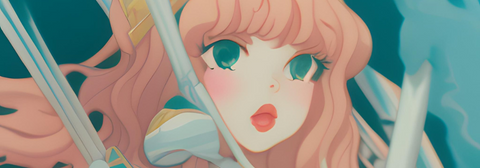
There are plenty of resources available to help you learn and improve your anime pose drawing skills. Here are some recommendations:
Online Tutorials and Courses: Take advantage of online tutorials and courses specifically tailored to teaching anime drawing and pose creation. These resources often provide step-by-step instructions, video demonstrations, and valuable tips from experienced artists.
Anatomy Books: Invest in anatomy books that focus on the human figure. These books provide detailed illustrations and explanations of the skeletal structure, muscles, and proportions of the human body. Understanding anatomy is crucial for creating realistic and dynamic anime poses.
Art Workshops and Classes: Look for local art workshops and classes that focus on anime and manga drawing. These classes provide opportunities to learn from experienced instructors, receive feedback on your work, and connect with fellow artists.

Online Art Communities: Join online art communities and forums to connect with other artists who share your passion for anime drawing. These communities often offer critique forums, art challenges, and valuable resources for learning and improving your skills.
Practice, Practice, Practice: Above all, practice is key to mastering the art of anime poses. Set aside dedicated time each day to practice your drawing skills and experiment with different poses and techniques. The more you practice, the more you will improve.
Conclusion: Mastering the Art of Anime Poses

Creating dynamic and expressive anime poses is an art form that requires practice, observation, and a solid understanding of anatomy. By incorporating the key elements discussed in this article, exploring different types of poses, and following the step-by-step guide, you will be well on your way to mastering the art of anime poses. Remember to seek inspiration from various sources, continue learning and improving your skills, and most importantly, have fun with your artwork. Now, go forth and unlock the secrets to creating captivating and expressive characters through the art of anime poses!

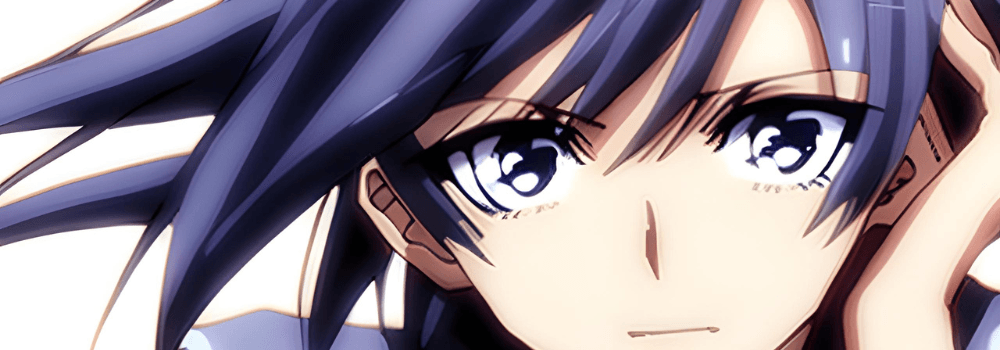

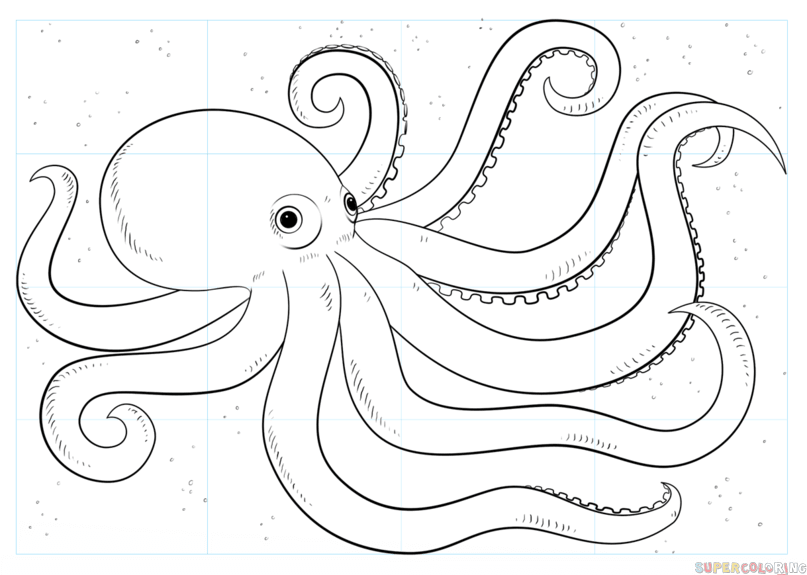
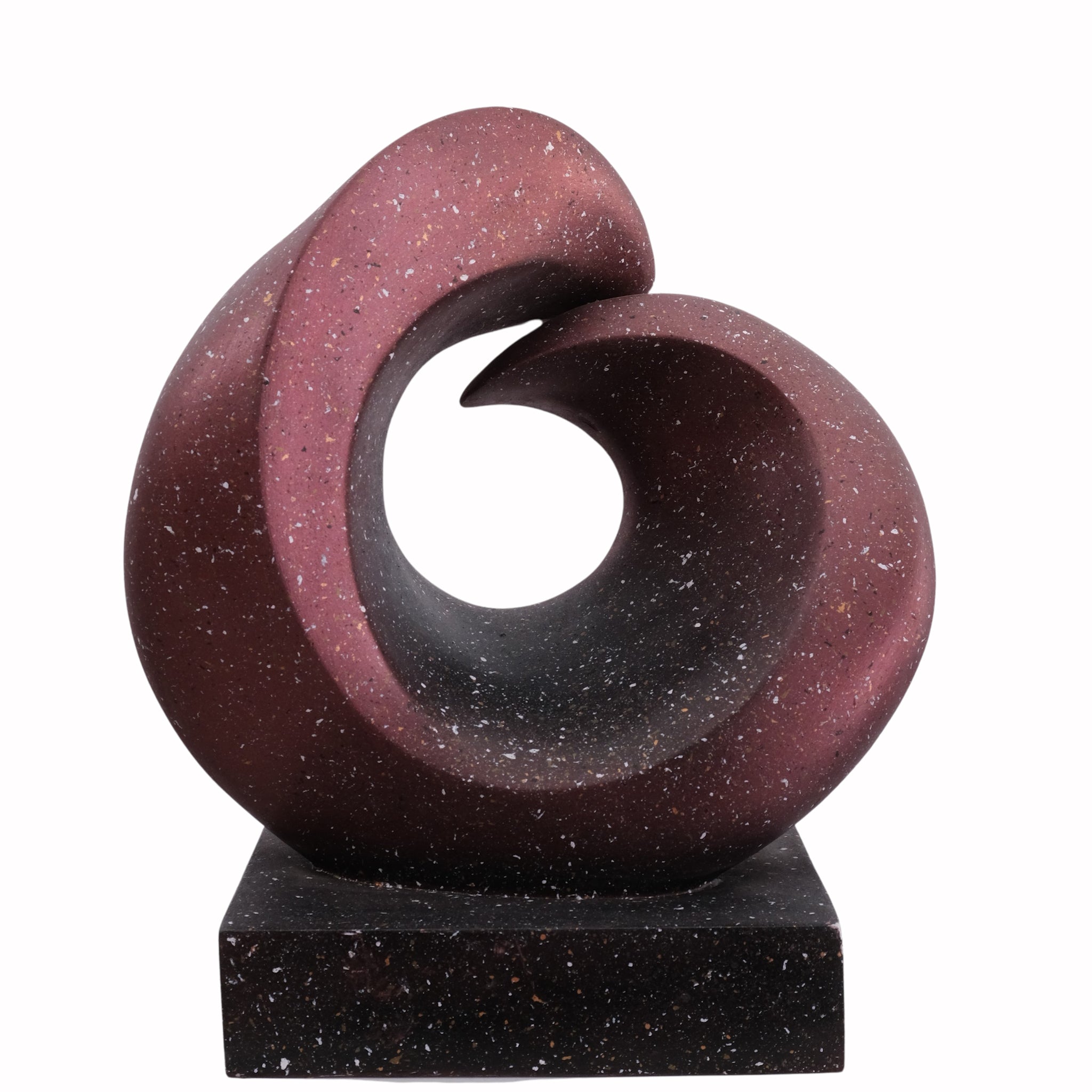

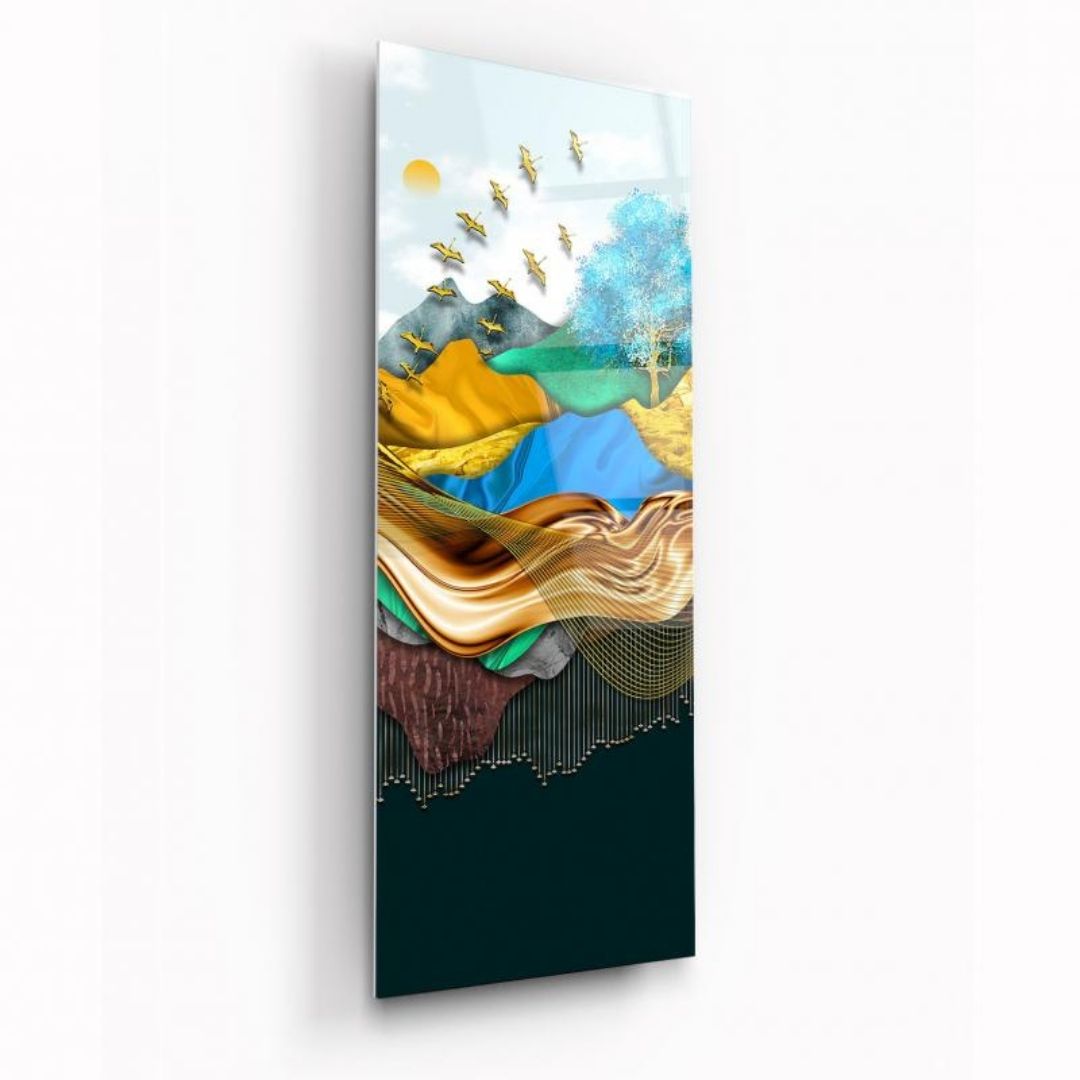
Leave a comment
All comments are moderated before being published.
This site is protected by hCaptcha and the hCaptcha Privacy Policy and Terms of Service apply.